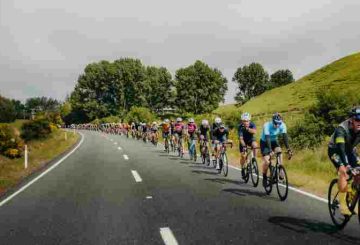Các nhà máy luyện nhôm Tiwai Point (NZAS) và Meridian Energy đã được đưa ra ánh sáng xanh trong một thỏa thuận để cho phép nhu cầu linh hoạt hơn từ nhà máy luyện kim trong giai đoạn cao điểm. Theo thỏa thuận này, được Cơ quan Điện lực phê duyệt, Meridian có thể yêu cầu nhà máy luyện chảy phải cắt giảm nhu cầu lên đến 50 megawatt khi hệ thống điện bị căng thẳng, chẳng hạn như thời kỳ cao điểm mùa đông hoặc trong các vấn đề phát điện hoặc truyền tải.
Giám đốc điều hành NZAS Chris Blenkiron cho biết việc phê duyệt đã chính thức hóa một thỏa thuận được thực hiện vào đầu năm nay. “Nói một cách đơn giản, thỏa thuận này có nghĩa là Aotearoa có thể sẽ cần đốt ít than hơn khi một phép thuật khô làm cho các hồ thủy điện giảm xuống mức thấp.” Barclay cho biết năng lượng đỉnh bổ sung có sẵn gần tương đương với năng lượng tiêu thụ của 50.000 ngôi nhà trung bình.
“Kết quả ròng có thể là giảm lượng khí thải cacbon từ việc đốt ít than và quan trọng là giảm chi phí tổng thể của hệ thống điện, điều này cuối cùng làm giảm chi phí cho khách hàng.”
Thỏa thuận này – lần đầu tiên được công bố vào tháng Tư – sẽ bao gồm thời hạn còn lại của hợp đồng cung cấp giữa Meridian và nhà máy luyện, kéo dài đến tháng 12 năm sau. “Khi New Zealand hướng tới một hệ thống điện tái tạo hơn, chúng ta cần suy nghĩ sáng tạo về cách chúng ta có thể quản lý nhu cầu mùa đông và nhu cầu năng lượng thời kỳ khô”, Barclay nói.
Cơ quan Điện lực cũng đồng ý rằng nhà nấu chảy có thể bán bất kỳ điện năng chưa sử dụng cho bên thứ ba.
Tín dụng: radi onz.co.nz




























































